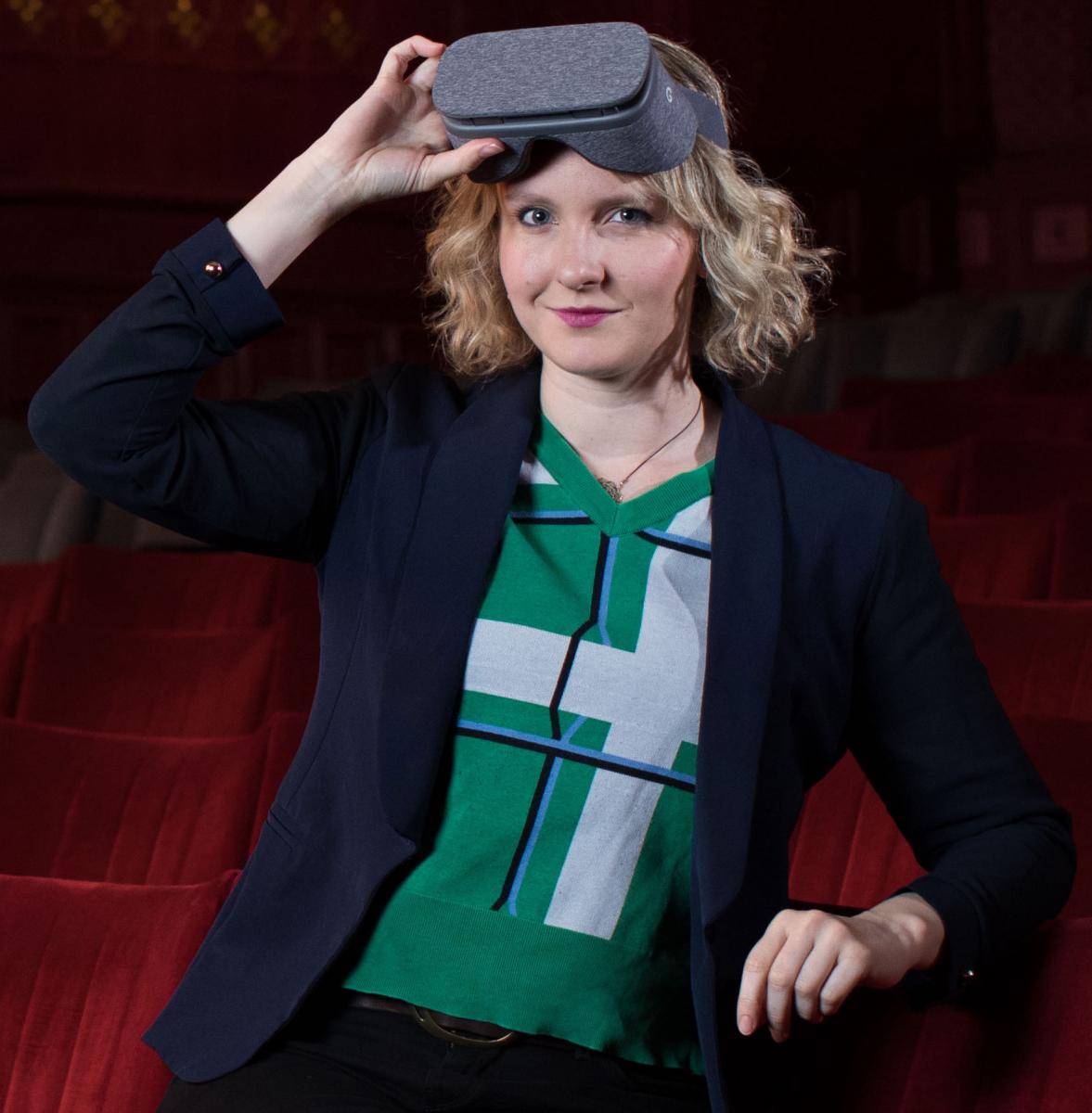This wonderful Cornish workshop and museum is dedicated to the legacy of studio pottery trailblazer Bernard Leach
Virtually there?
Virtually there?
20 Jul 2018

Can magic tricks be art? A strange question, you might think. What’s this got to do with virtual reality (VR)?
Arthur C Clarke’s legendary third law of technology is that ‘any sufficiently advanced technology is indistinguishable from magic’. This is exactly what VR is. It is one grand illusion. Strap a screen to your face that moves when your head moves, pop on some headphones and you can be tricked into feeling present in another space or another time.
From an arts perspective, this new tool we have to simulate presence is a superpower. Humans have always used illusion in art (think of the development of perspective in painting). As our tools have got more advanced, we have got better at this simulation. Now, as creators, we have VR at our disposal. Just as with the discovery of perspective, a whole new world of artistic possibility awaits.
In the past few years, arts institutions have experimented with this new art form. Last November, for example, Tate Modern partnered with headset manufacturer HTC Vive to enable visitors to virtually explore Modigliani’s studio, alongside experiencing his work. In 2017, Birmingham Museum and Art Gallery hosted artist Mat Collishaw’s VR piece, Thresholds – a ‘room-scale’ experience where audiences can ‘travel’ back to a photography exhibition in 1839.
In 2016, Somerset House ran a VR exhibition in collaboration with musician Bjork, where audiences ‘travelled’ through her immersive artworks. The National Theatre has even founded its own Immersive Storytelling Studio. These organisations have experimented with VR because they see immersive media’s creative potential, and want to explore it, discovering what works best for their audiences.
Some creative formats for VR work particularly well with arts audiences, especially in venues like museums, galleries and independent cinemas. Fantasy trips, for instance, are pieces that provide an imaginary, sensation-inducing ‘ride’. These surreal journeys may appear light on meaning, but they can be profound.
Such a trip might be inspired by an ancient ritual; it could be created in the style of an Impressionist artist; or it could let you experience a piece of music on a deeper level. ‘Best seat in the house’ projects, for example, place people at the heart of a performance or event. Audiences are presented with the best view possible, whether this be at the centre of an immersive theatre, the front row of an auditorium or in the midst of a festival. Immersive media also presents the opportunity to make things in VR. Tools like Tilt Brush and Quill allow users to draw in 3D spaces, resulting in what feels like a hybrid between a sketch and a sculpture.
Analysts and futurologists predict that VR and augmented reality (AR) will become as ubiquitous as tablets and mobile phones are now. Digital Catapult estimates that the AR/VR market in the UK will be worth £1.2bn by 2020. PwC forecasts that the VR industry will be the fastest-growing area of the UK’s media and entertainment output, as well as being the largest VR industry in Europe, the Middle East and Africa.
If VR is going to be such a major part of our lives – and a key player in the creative industries – then it makes sense for arts institutions to plant their stake in the soil now. For me, VR art is the ultimate fusion between creativity and technology. Its emergence forces us to see the value that hi-tech developments can bring to the arts, and vice versa. From an audience perspective, this cross-pollination can unleash rich, new experiences that are not an enhancement to existing art forms, but experiences that represent a whole new artistic medium.
Catherine Allen led the creation of two BBC VR experiences and now curates VR for arts venues with Limina Immersive. Find out more at liminaimmersive.com, arts.vive.com and nationaltheatre.org.uk/immersive/studio
Images courtesy Limina Immersive and Jim Johnston
About the Author
Catherine Allen
JOIN OUR MAILING LIST
Become an instant expert!
Find out more about the arts by becoming a Supporter of The Arts Society.
For just £20 a year you will receive invitations to exclusive member events and courses, special offers and concessions, our regular newsletter and our beautiful arts magazine, full of news, views, events and artist profiles.
FIND YOUR NEAREST SOCIETY
MORE FEATURES
Ever wanted to write a crime novel? As Britain’s annual crime writing festival opens, we uncover some top leads
It’s just 10 days until the Summer Olympic Games open in Paris. To mark the moment, Simon Inglis reveals how art and design play a key part in this, the world’s most spectacular multi-sport competition



